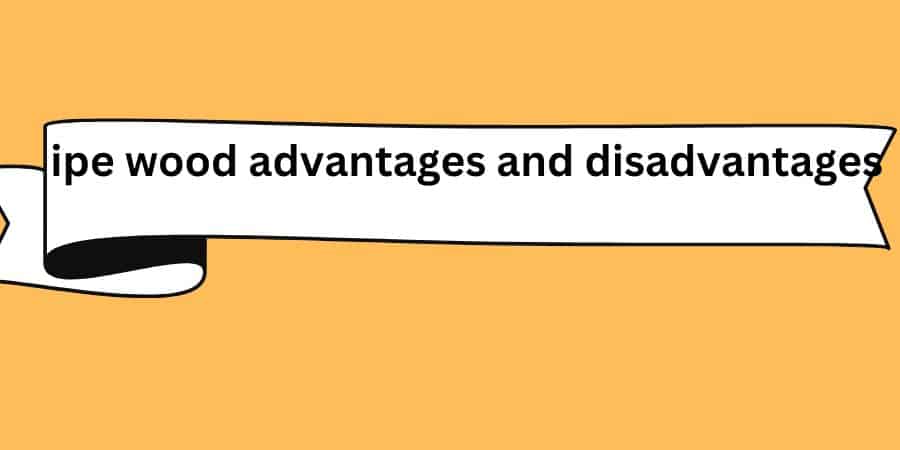Ipe wood is a type of hardwood that is prized for its extreme durability and resistance to rot, insects, and fire. It is often used for outdoor projects such as decking, siding, and fencing due to its ability to withstand harsh weather conditions and heavy foot traffic.
Ipe wood is native to South America, particularly Brazil, and is also known as “Ironwood” due to its extreme density and hardness.
In fact, it is so dense that it sinks in water. The wood has a rich, dark brown color with a fine grain pattern that is highly prized for its natural beauty.
Table of Contents
IPE wood vs othe similar woods
| Characteristics | Ipe Wood | Teak Wood | Cumaru Wood | Tigerwood |
|---|---|---|---|---|
| Density (lbs/ft3) | 69 | 40-43 | 68 | 71 |
| Janka hardness (lbf) | 3,510 | 1,155 | 3,330 | 2,160 |
| Modulus of rupture (psi) | 25,660 | 23,500 | 22,800 | 22,510 |
| Resistance to rot/insects | Excellent | Excellent | Good | Good |
| Fire resistance | High | Moderate | Low | Low |
| Price (per board foot) | $5-$10 | $20-$30 | $4-$8 | $4-$8 |
| Sustainability | Mixed | Mixed | Mixed | Mixed |
As shown in the table, ipe wood has a higher density, Janka hardness, and modulus of rupture than teak, cumaru, and tigerwood.
It also has excellent resistance to rot and insects and high fire resistance.
However, ipe wood is often more expensive than the other woods listed and has mixed sustainability ratings.
Advantages:
- Durability: Ipe wood is extremely hard and dense, which makes it very resistant to wear and tear. It can last for decades or even centuries with minimal maintenance.
- Resistance to insects and rot: Ipe wood contains natural oils and tannins that repel insects and fungi, making it a good choice for outdoor use where it is exposed to moisture.
- Fire resistance: Ipe wood has a high fire rating and is therefore a good choice for areas that are prone to wildfires.
- Low maintenance: Ipe wood requires little maintenance beyond occasional cleaning and oiling.
- Beautiful appearance: Ipe wood has a rich, dark brown color with a fine grain pattern that is highly prized for its natural beauty.
Disadvantages:
- Cost: Ipe wood is one of the most expensive hardwoods on the market, making it out of reach for many homeowners.
- Hardness: While the hardness of ipe wood is an advantage in terms of durability, it can make it difficult to work with. It can be hard to cut, drill, and sand, and may require special tools and expertise.
- Heavy weight: Ipe wood is very dense and heavy, which can make it difficult to transport and install.
- Environmental concerns: Ipe wood is often harvested from old-growth forests in South America, which raises concerns about deforestation and the impact on local ecosystems. However, there are now sustainable sources of ipe wood available that are certified by the Forest Stewardship Council (FSC).





